Leadership and Management in Nursing: Quality Improvement Proposal
VerifiedAdded on 2022/10/02
|5
|1063
|350
Report
AI Summary
This Quality Improvement Proposal examines the critical role of leadership and management in nursing, particularly focusing on improving healthcare outcomes. The proposal addresses the challenges of monitoring care processes and emphasizes the importance of data analysis in measuring and enhancing the quality and safety of healthcare. It includes a literature review that underscores the significance of quality improvement (QI) in healthcare, the role of nursing leadership, and the use of data to monitor outcomes. The intervention plan outlines strategies to establish a culture of quality within healthcare organizations, focusing on data collection related to mortality rates, patient satisfaction, and care effectiveness. It details the resources needed, the roles of stakeholders (nurses, physicians, and other medical professionals), and an outcome-based evaluation method. The proposal concludes by reiterating the need for data-driven decision-making and collaborative efforts to improve patient care. References supporting the evidence-based approach are provided, including works from Kilbourne et al. (2018), Moore (2018), Marshall et al. (2016), and Nelson et al. (2016).
1 out of 5
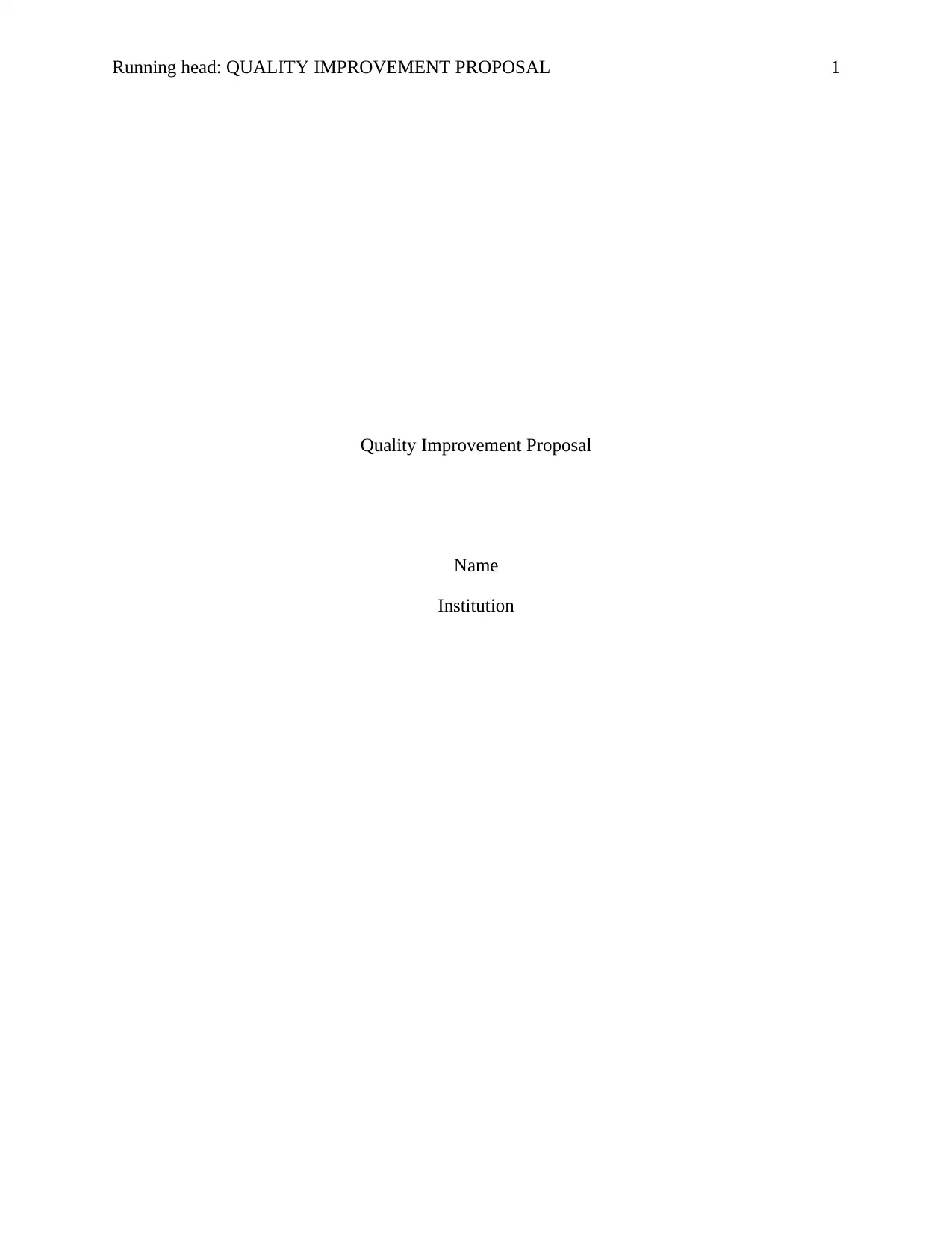
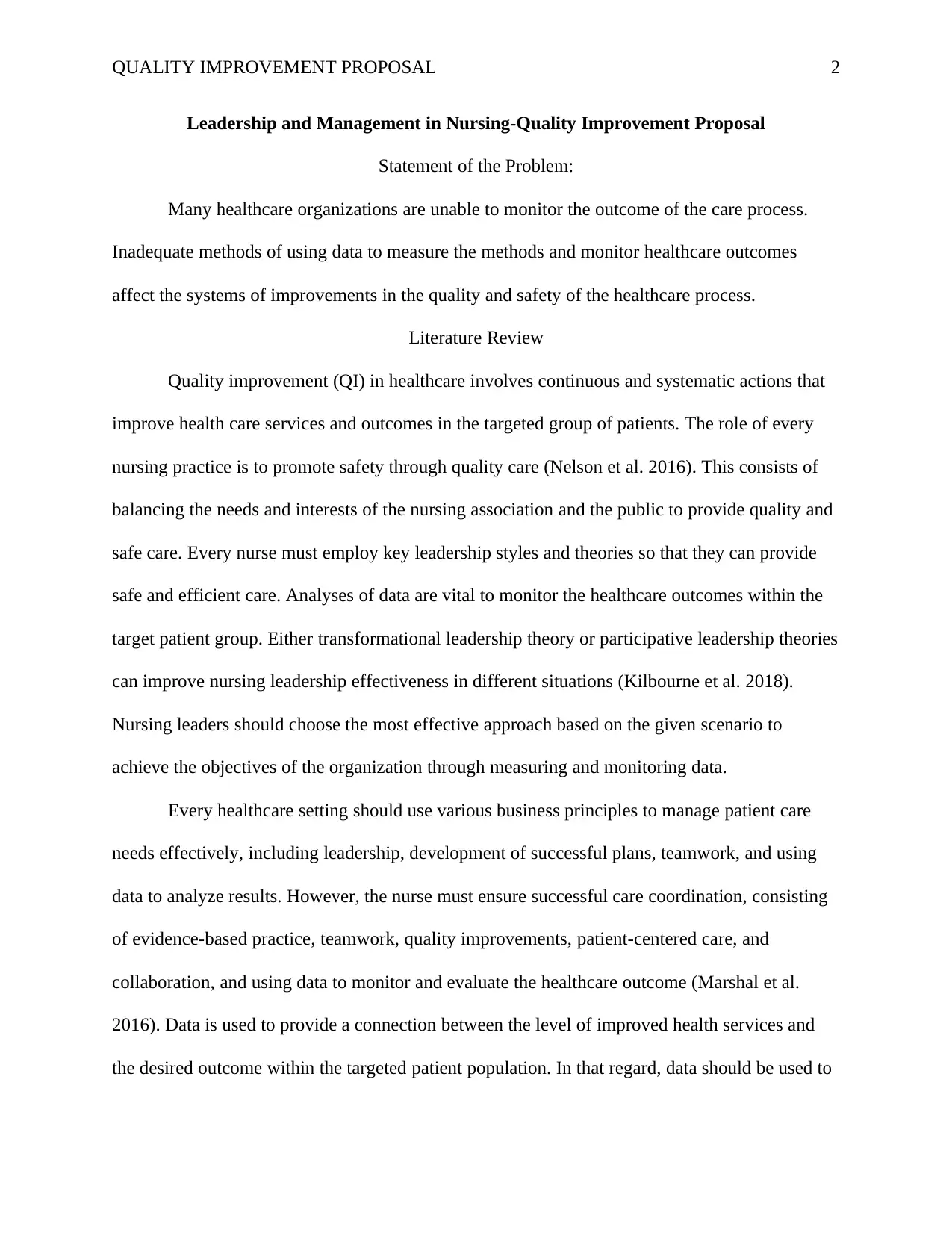
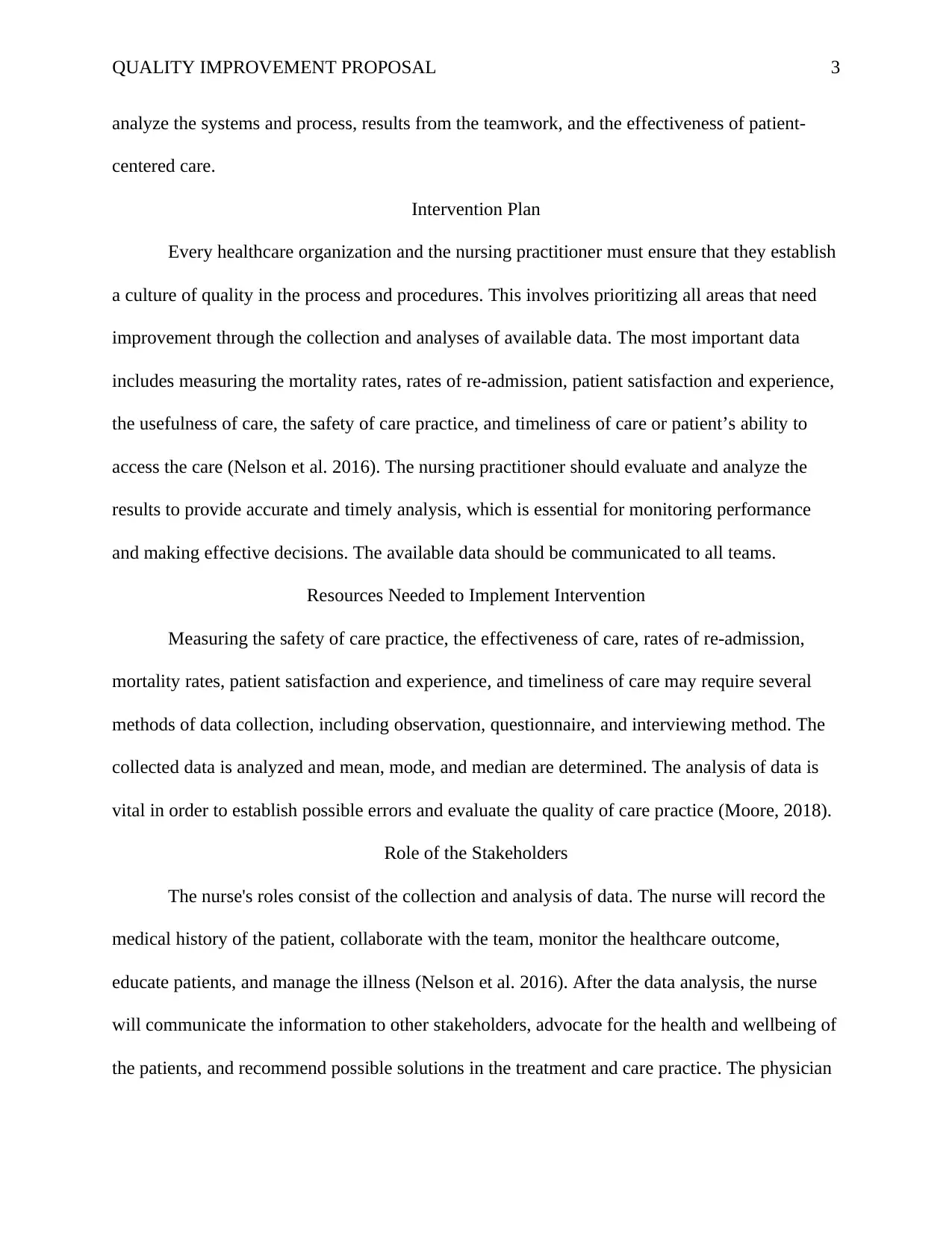

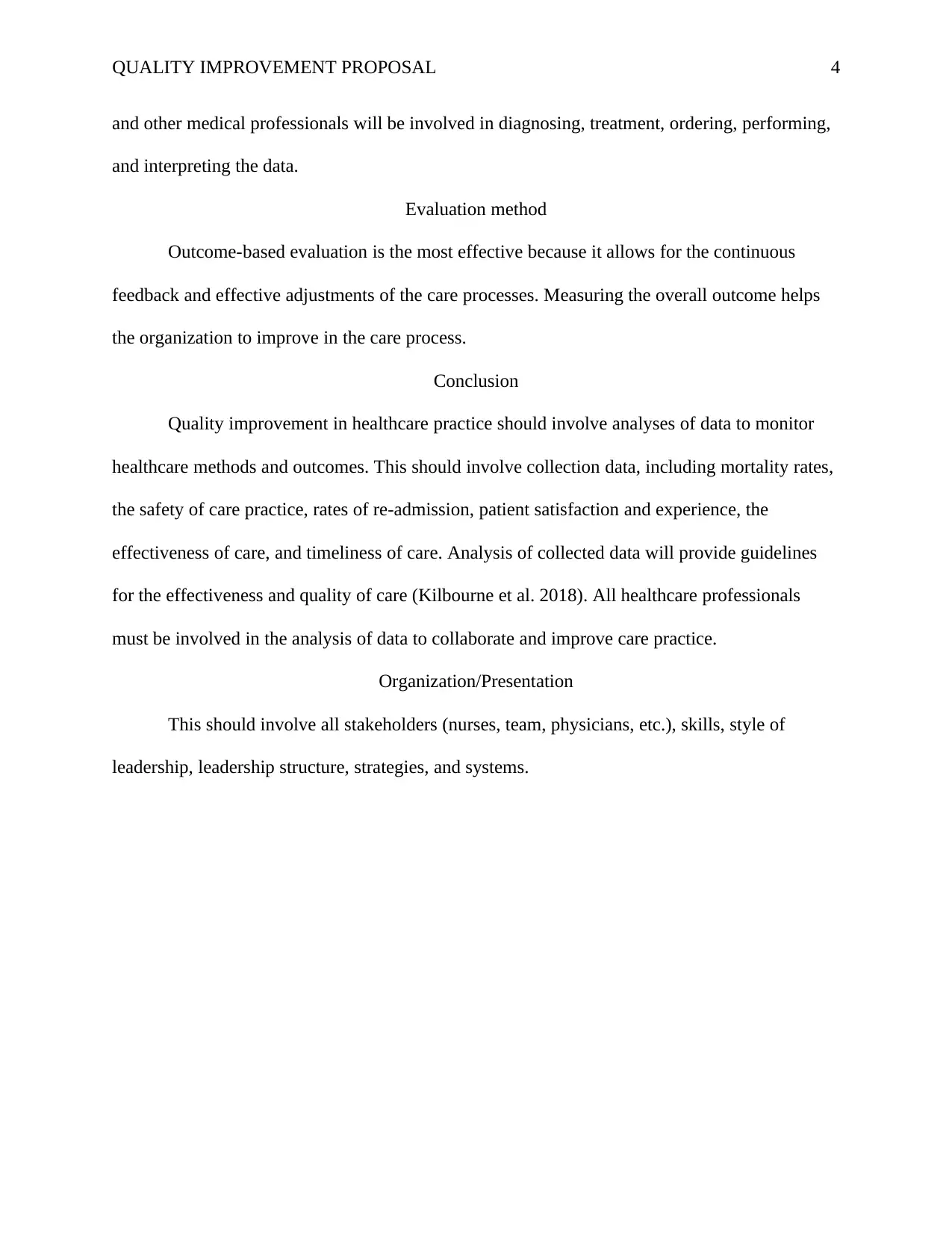
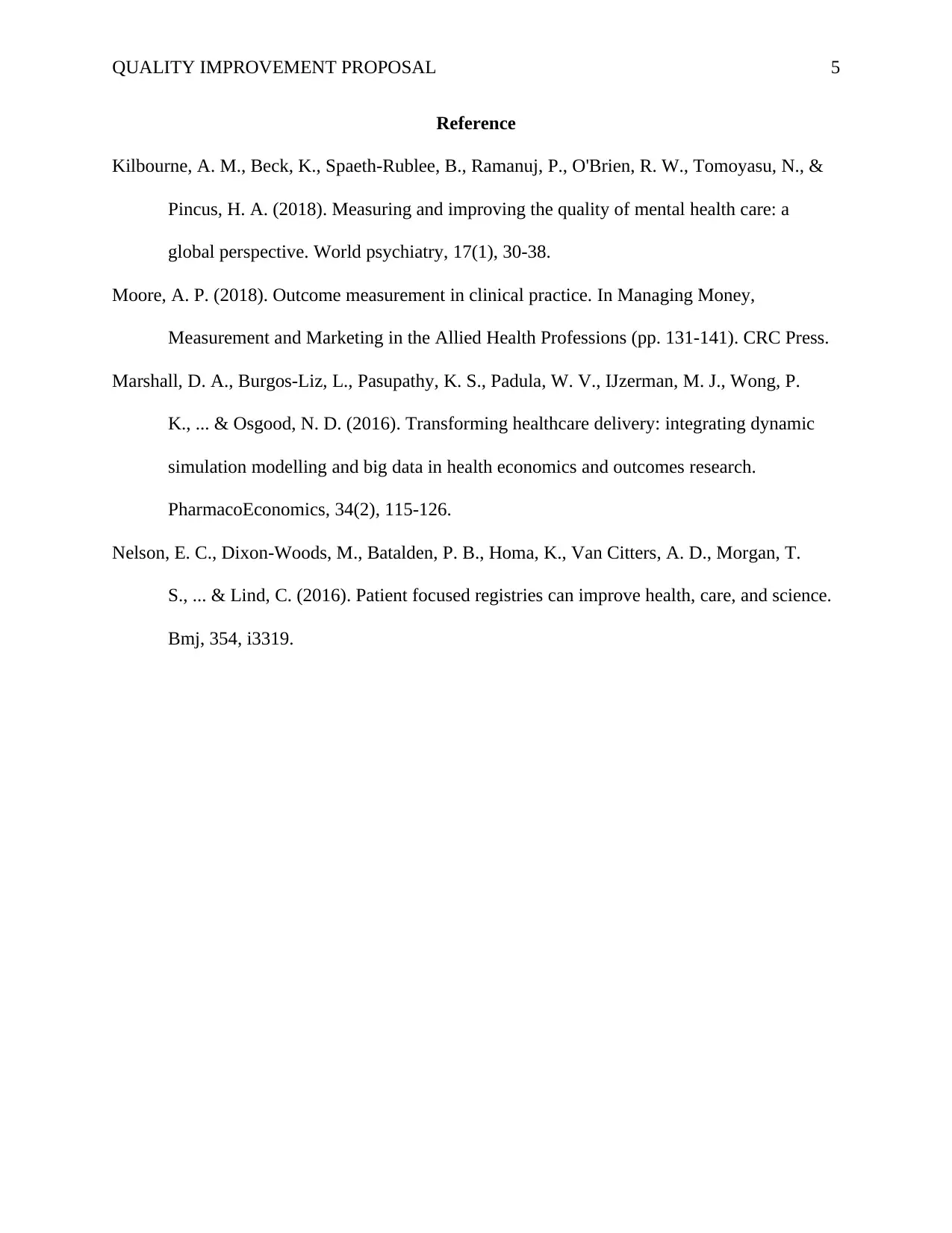






![[object Object]](/_next/static/media/star-bottom.7253800d.svg)